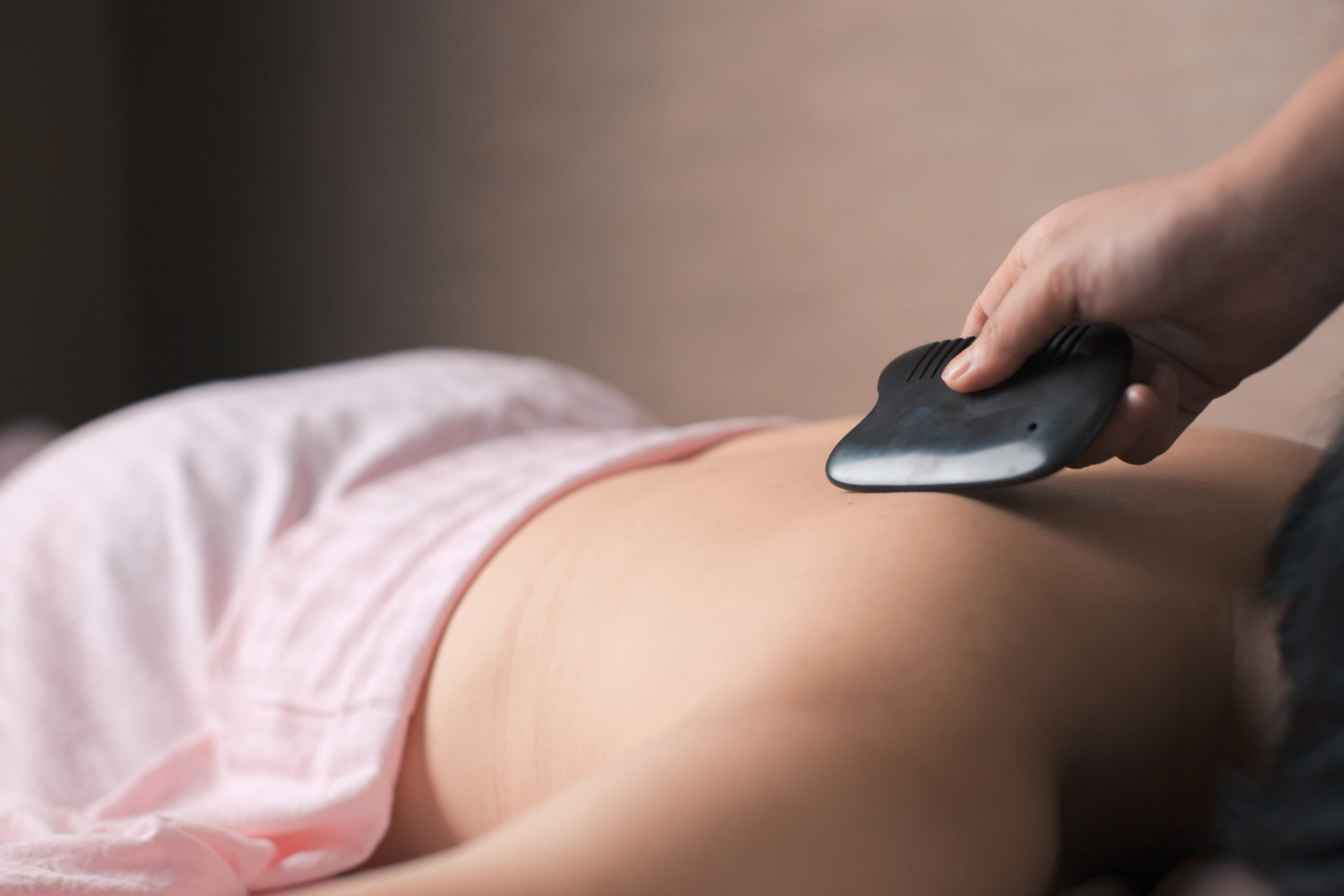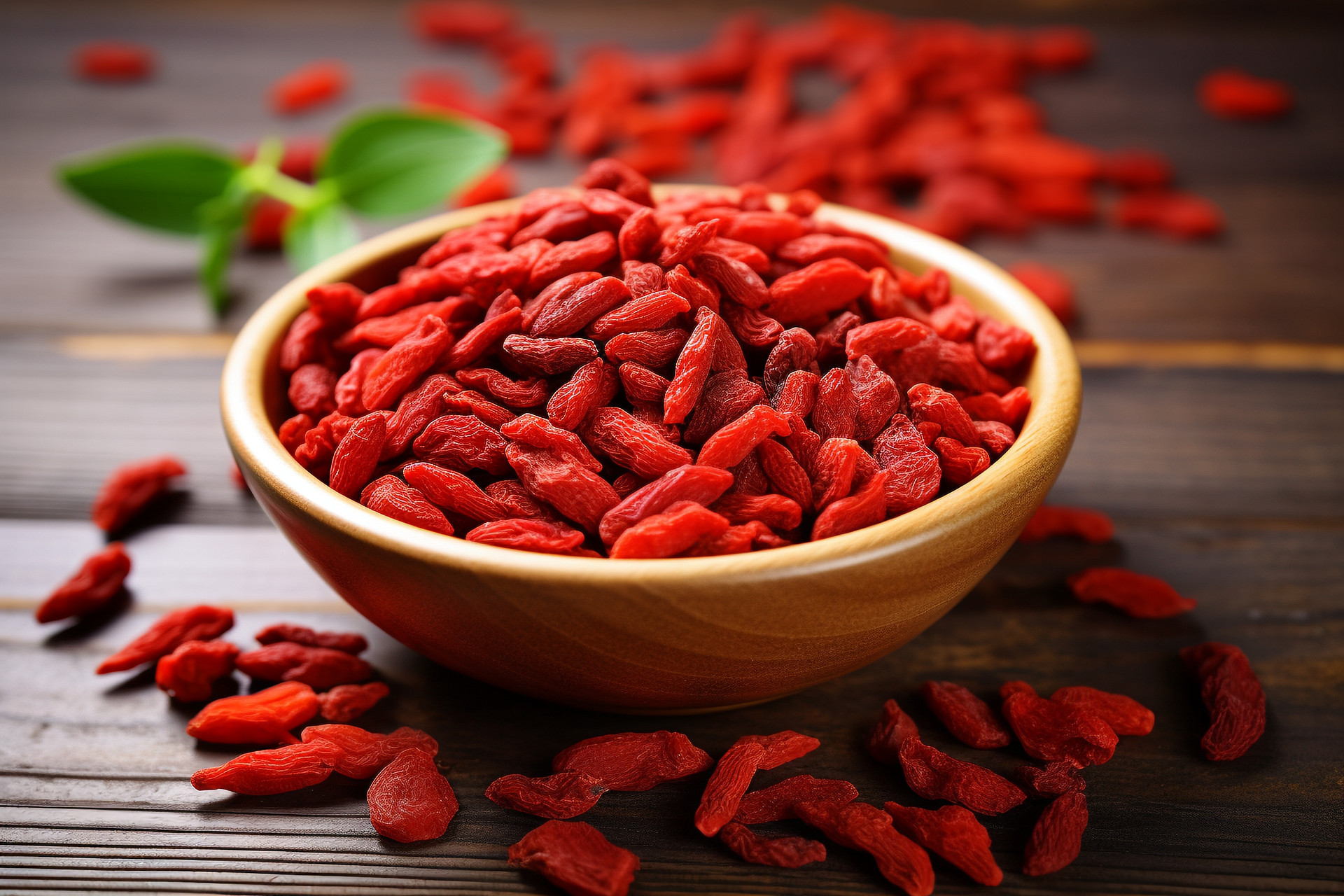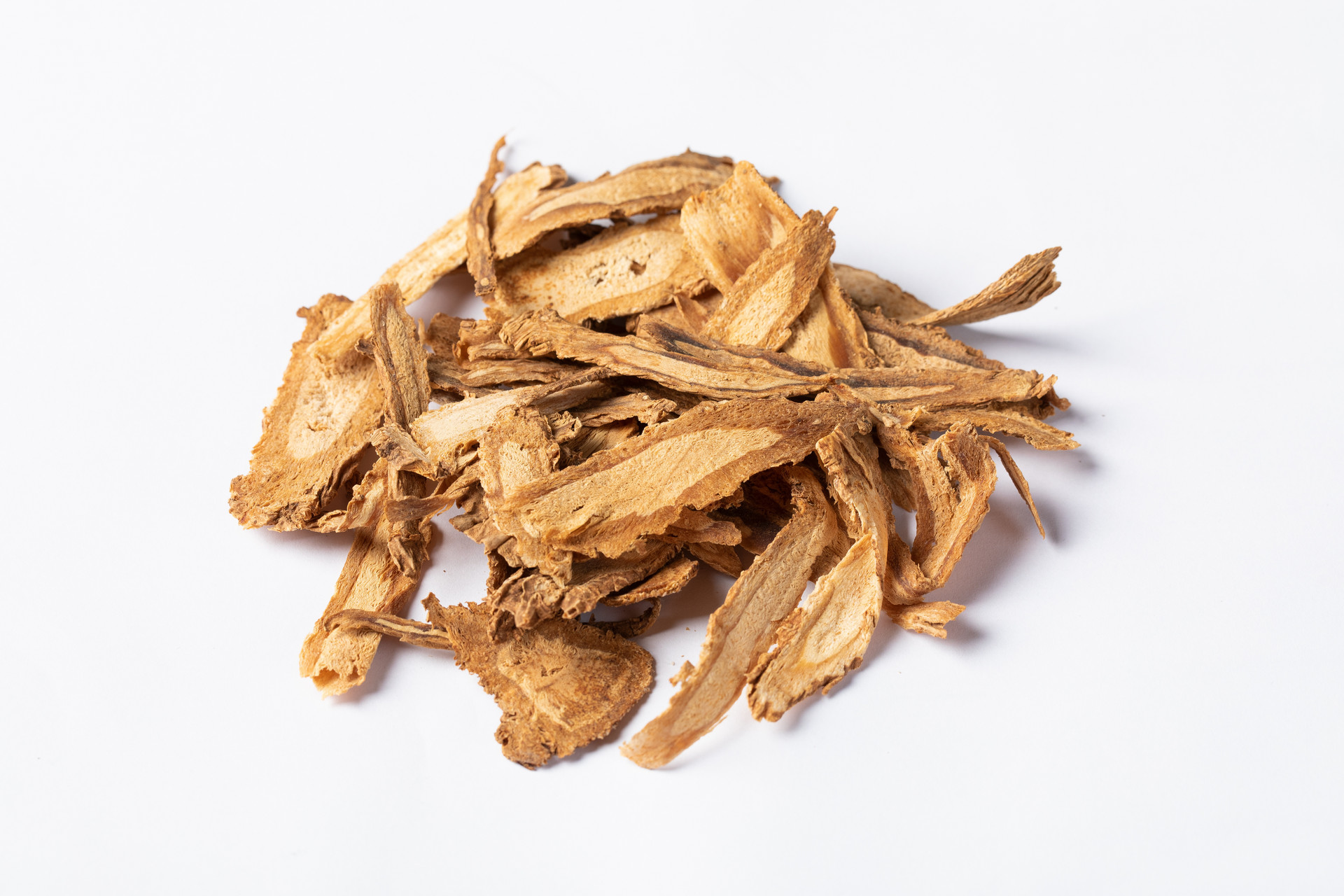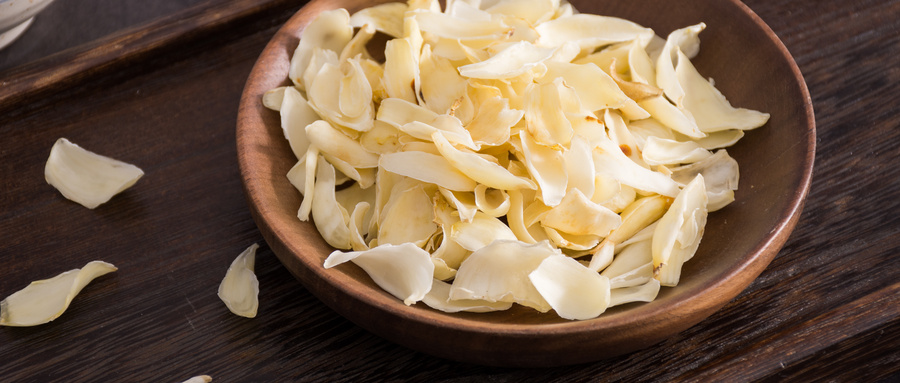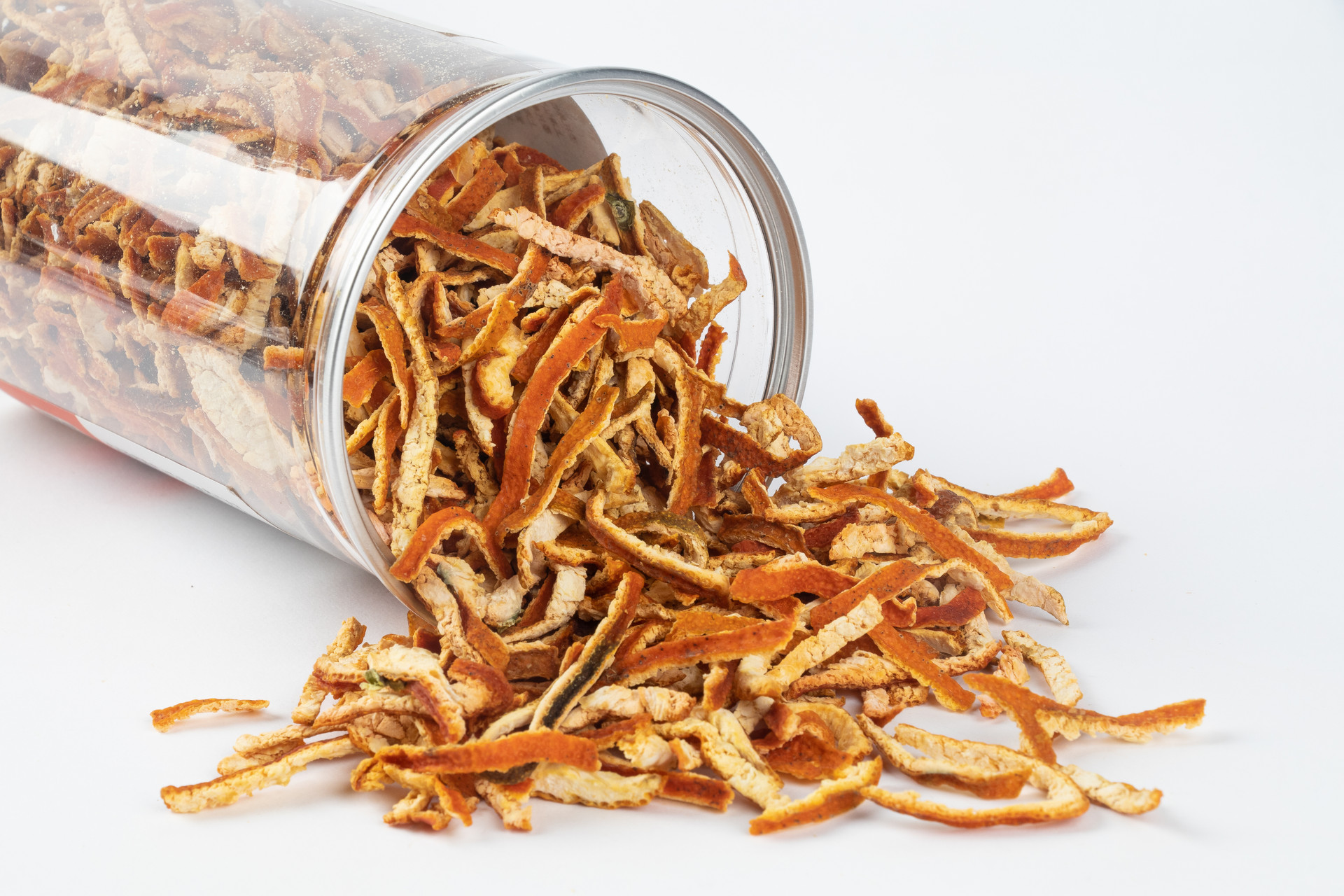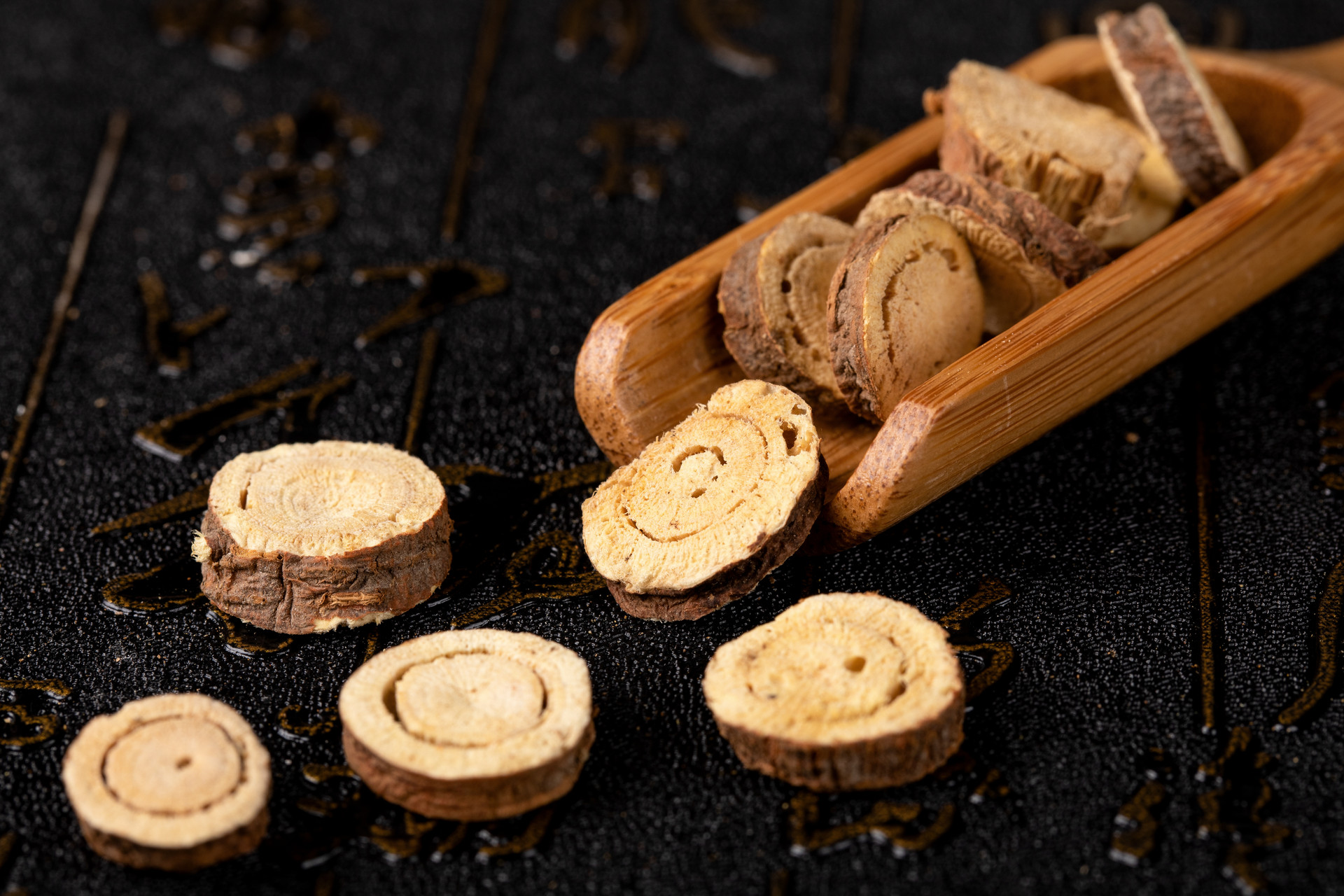Purple clam, also known as clam, clam tooth. Found in the "New Revised Materia Medica". It is the shell of the Arabian seashell Mauritia arabica (Linnaeus), the leopard eye seashell Cypraea lymx (Linnaeus), and the tiger spotted seashell C.tigris Linnaeus. It is captured between May and July each year, the shellfish is removed, washed, dried and stored.
【Processing Method】1. Purple clam in the "Authentic Materia Medica": "Use it after grinding it into powder." Currently, the original medicinal material is taken, impurities are removed, washed, dried, and ground.
2. Calcined purple clam in the "Shennong Materia Medica": "It is good to use it after burning." In the "Essential Formula for Urgent Use of Gold": "Charcoal is used for cooking it into powder." In the "Extended Meaning of Materia Medica": "Burning preserves its nature." In the "Introduction to Medicine": "Wash it with medicinal wine, heat it with fire, grind it finely, and use it with water." In the "Examination of the Jade Box": "Fire calcination and water quenching, drying and grinding." Currently, clean purple clam is placed in a suitable container, calcined on a smokeless stove until crispy, taken out and cooled, and ground into powder or crushed.
3. Salted purple clam: Take clean purple clam and place it in a clay pot, burn it red over the fire, remove it, mix it well with salt water, and grind it finely. For every 100kg of purple clam, use 1.6kg of salt and an appropriate amount of water.
【Appearance of Medicinal Pieces】Purple clam is in a crushed powder form, with a surface covered with enamel, smooth, with alternating brown and gray web-like patterns or blue-white color, or gray-purple color. It is hard and shiny, odorless and tasteless. Calcined purple clam is in the form of crushed pieces or powder, light gray or grayish-brown, with a loose and crispy texture, without luster, and slightly odorless. Salted purple clam is similar in shape to calcined purple clam, and the taste is salty.
【Processing Function】Purple clam has a salty and flat taste. It enters the spleen and liver meridians. It has the functions of clearing the liver and improving eyesight, calming the liver and suppressing yang, and calming the mind. The raw material of purple clam has a hard texture, which is not conducive to crushing and extracting effective ingredients. After processing, the texture becomes crispy, which is convenient for crushing and extracting effective ingredients, and improves the therapeutic effect. It is used for red and swollen eyes, blurred vision, headache, palpitations, insomnia, dizziness, and other symptoms. For example, it is used to treat residual pus after back stain, called "Beichi San" (from "Taiping Shenghui Fang"); it is used to treat red eyes, corneal opacity, called "Beichi San" (from "Shengji Zonglu").
【Processing Research】Purple clam has been using additives and different methods of processing since the Tang Dynasty. In recent years, most of the processing standards recorded in various regions are calcination method. Ancient literature also records other processing methods such as firing, vinegar processing, and calcination with water, but they are less used now.
Purple clam has a hard texture. After calcination, the texture becomes loose, easy to crush, and loses organic matter. It also thermally decomposes calcium carbonate into calcium oxide, thereby enhancing its anti-inflammatory and astringent properties when used externally.



